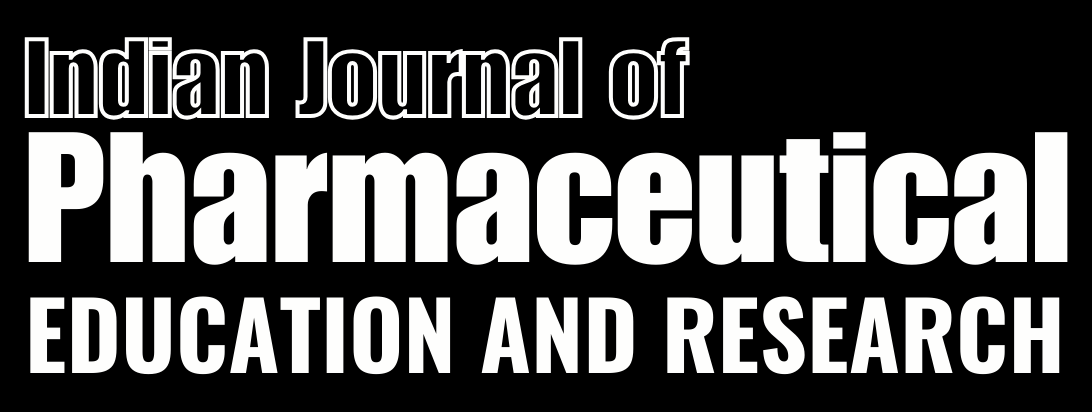ABSTRACT
Background:
Naringenin, a polyphenolic phytochemical belonging to the flavanone class, exhibits notable anti-cancer, antioxidant, and anti-inflammatory properties. However, its therapeutic application is constrained by poor aqueous solubility and limited delivery to target sites.
Purpose:
This study aimed to address these challenges by encapsulating naringenin in alginate nanoparticles using an electrospray method. The effects of varying alginate concentrations and flow rates on nanoparticle production were investigated.
Materials and Methods:
Naringenin was mixed with sodium alginate and Tween 80, and the solution was electrosprayed into a calcium chloride cross-linking agent. Particle size, Polydispersity Index (PDI), zeta potential, and Encapsulation Efficiency were measured.
Results:
the research work indicated that an alginate concentration of 0.5% w/v and a flow rate of 0.2 mL/hr produced nanoparticles with optimal characteristics, including a particle size of 146 nm, a PDI of 0.331, a zeta potential of -1.10 mV, and an Encapsulation Efficiency of 92.80%.
Conclusion:
These findings highlight the significant influence of alginate concentration and flow rate on nanoparticle formation, providing insights into developing effective naringenin-loaded nanoparticles for therapeutic applications.


